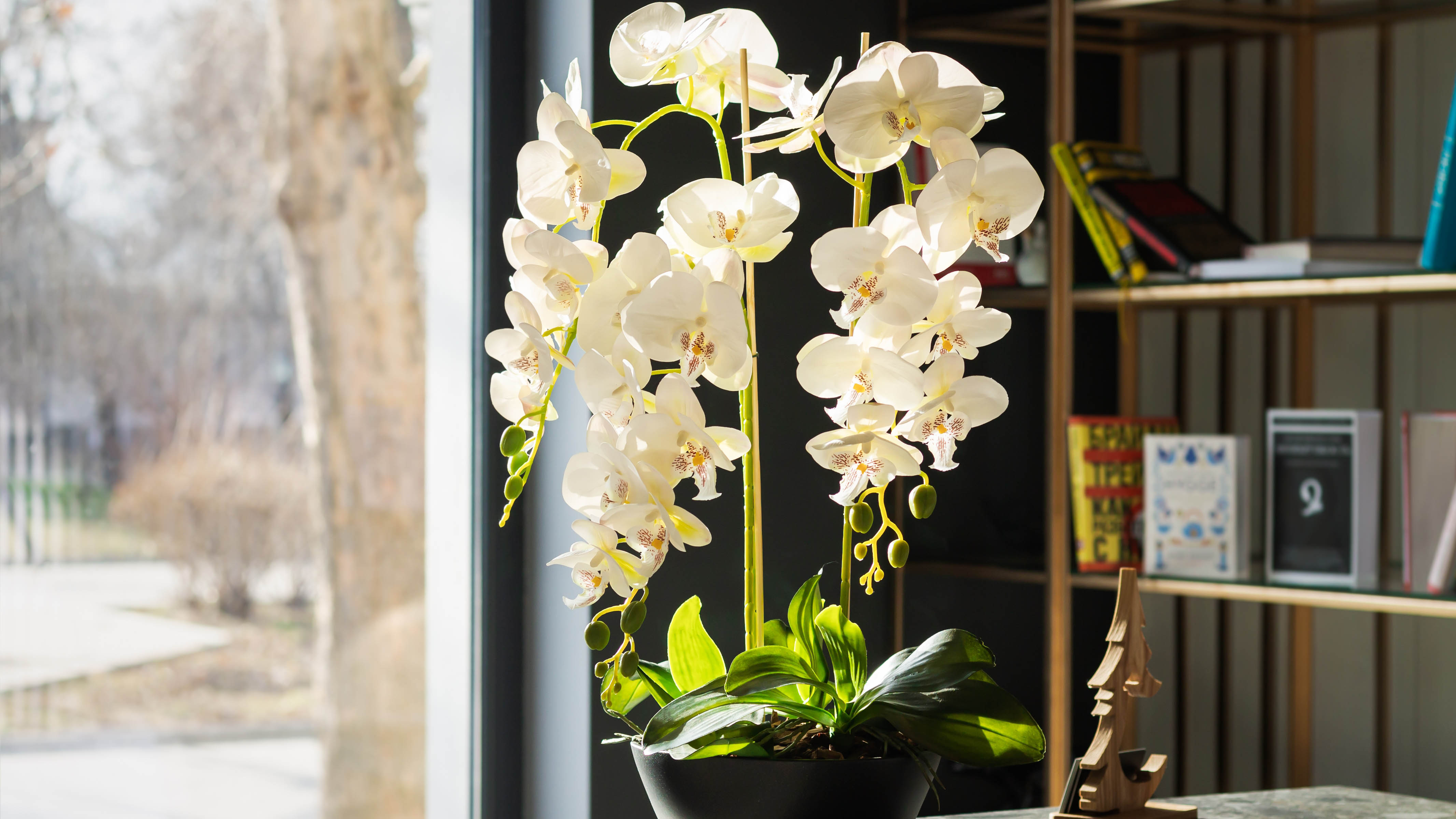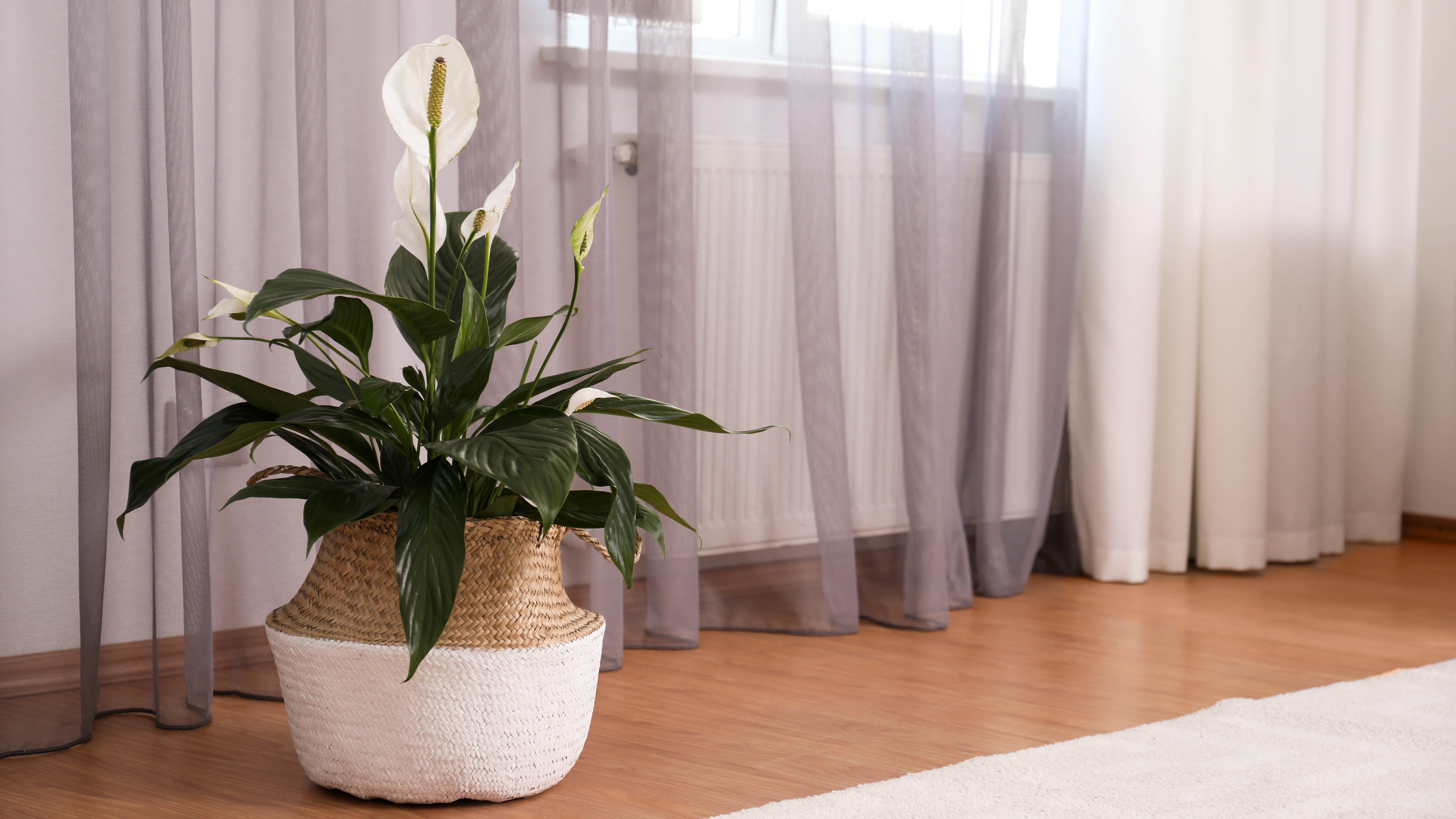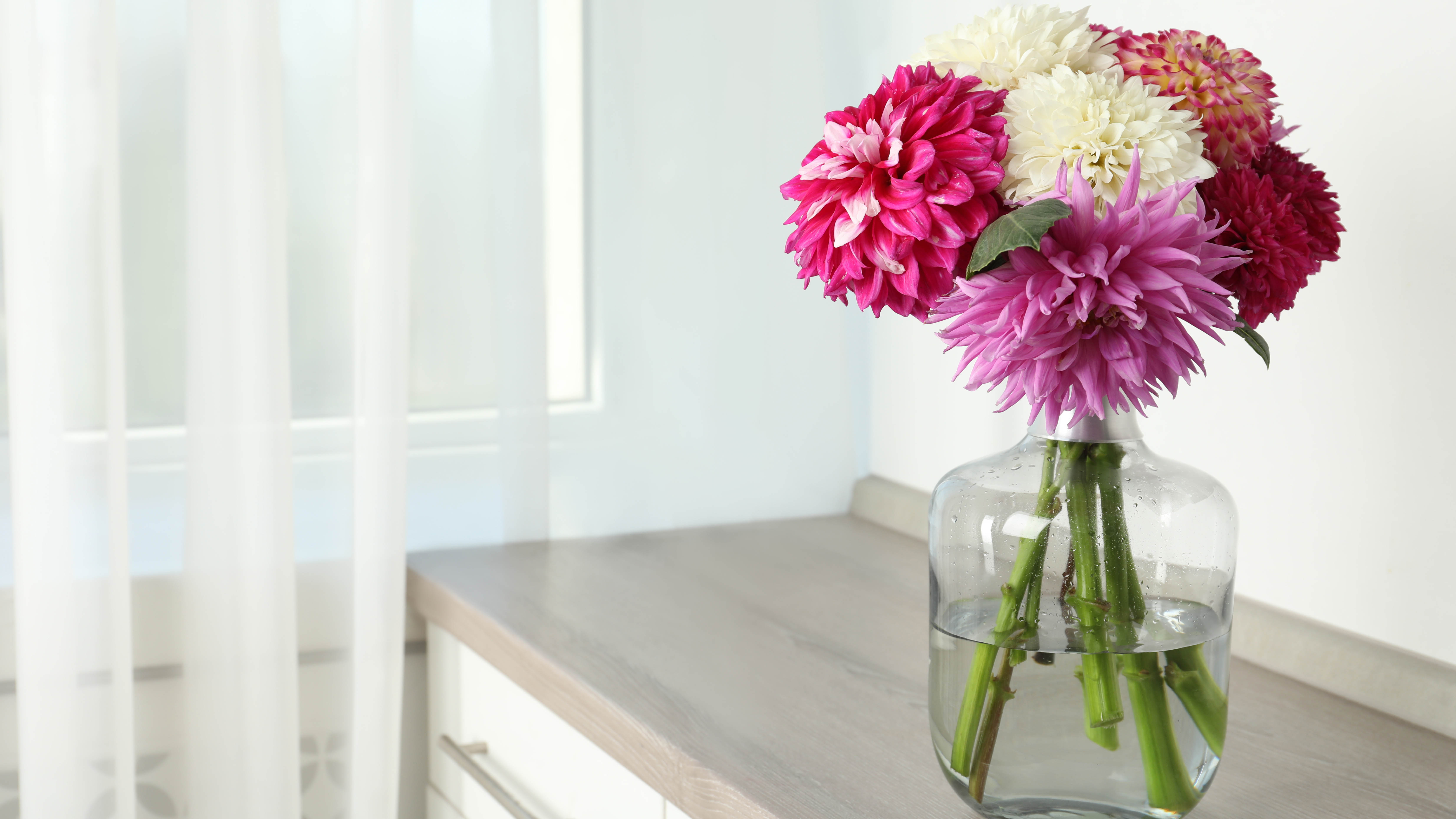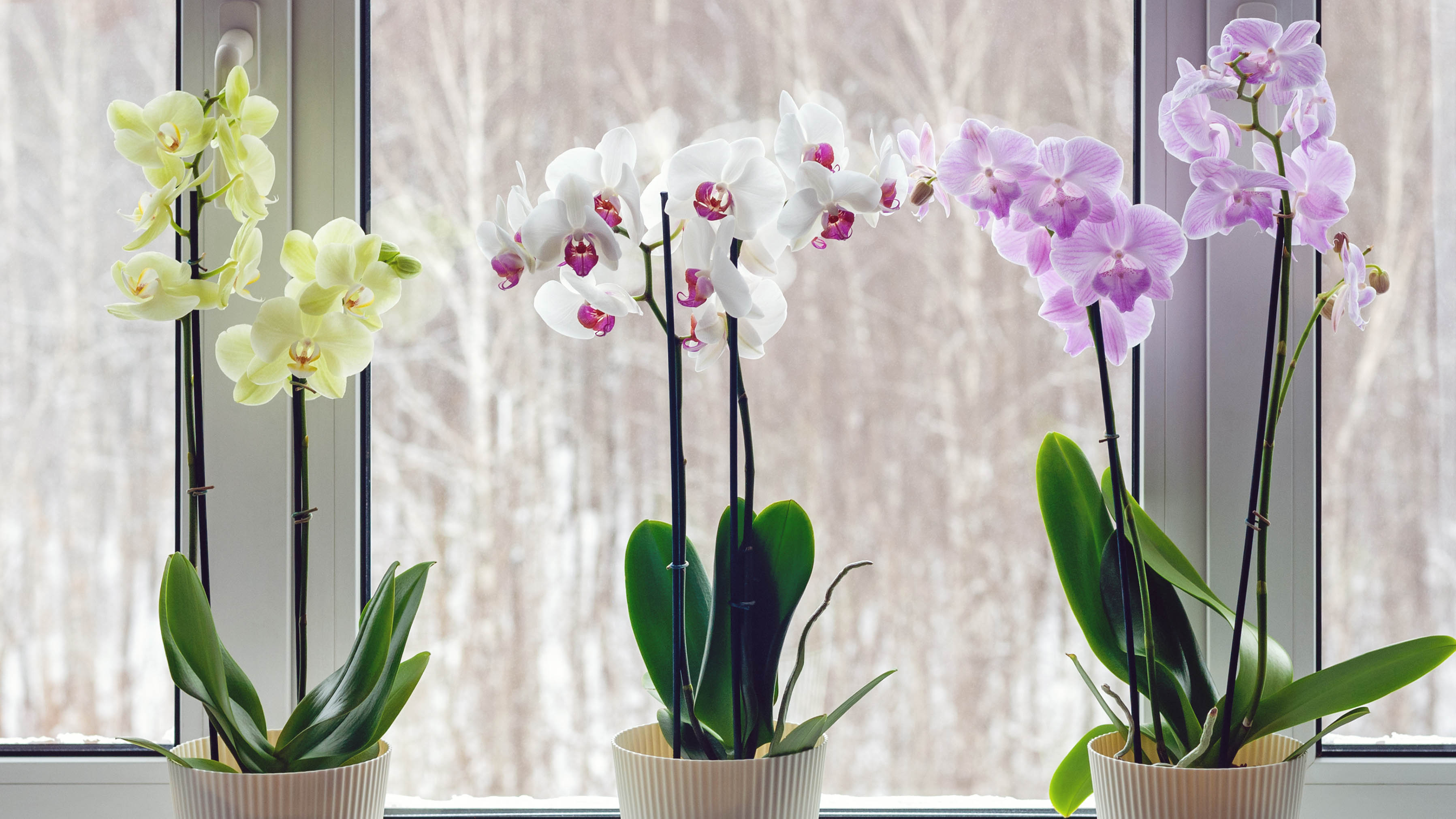3 best air purifying flowers to help clean indoor air — and they’re NASA-approved
These flowers could help make you breathe easy

Be it seasonal allergies, dust, bacteria or even mold issues, there are a number of things that can affect the overall quality of indoor air.
And if you haven’t yet invested in one of the best air purifiers to filter and clean your air, you might want to consider a more natural (and cheaper) alternative.
While we often assume fresh blooms are the culprits to our sniffles or sneezing fits during summer, you’ll be surprised to learn that there are certain flowers that are known to improve air quality in your home without a purifier.
In fact, a 1989 NASA study found that certain flowers and plants can absorb toxins and pollutants such as formaldehyde and ammonia — commonly found in household products and cleaners.
Similar to houseplants that reduce indoor air pollution, varieties can also help to release oxygen and increase humidity levels, since flowers release moisture into the air.
What’s more, you’ll always have a fresh-smelling home, without spraying strong, artificial fragrances (and further pollute the air).
So before you head out to your nearest florist, find out which popular flowers are known to improve the air.
Get instant access to breaking news, the hottest reviews, great deals and helpful tips.
Plus, these are the 7 indoor plants to avoid if you have allergies.
1. Peace Lily

One popular and well-known NASA-approved flower is the pretty peace lily.
Peace lilies can either fall into the category of both plant or flower, and with its large white flowers and lush foliage, makes a beautiful addition to any space.
“The elegant peace lily is a natural air purifier, capable of removing a wide range of airborne pollutants, including benzene and trichloroethylene,” says Daniel Ufland, co-founder of interior design platform Flitch.
“Its stunning white blooms not only add a touch of elegance to any room but also help to improve indoor air quality. By incorporating a peace lily into your living space, you can enjoy a more serene and rejuvenating atmosphere.”
In addition, peace lilies are pretty low maintenance plants, and can cope well in different light exposures – including very little light. All they’ll really need is adequate indirect daylight, and watering every few days.
If you really want to make the most of your beautiful flower, you could place a few around the home, such as a bedroom or home office.
"One flower won't do it for purifying the air in your home,” adds Chastain. “This is one situation where more is better. Just make sure to provide the lighting and care each flower needs and keep them dust free so they can do their jobs.”
If you want to know more about the benefits of peace lilies, check out these 9 reasons why every home needs a peace lily.
2. Chrysanthemums

Chrysanthemums are known for their bold and colorful blooms. But these florals can do so much more than add a touch of vibrant color to any room.
In fact, these are one of the best air-purifying flowers, particularly for removing benzenes and ammonia — both of which are extremely harmful chemicals. These chemicals are usually found in glue, plastics, and detergents.
“Chrysanthemums are also a great choice with lots of color options,” adds Lindsey Chastain, founder and CEO of The Waddle and Cluck.
“They remove ammonia, benzene, and formaldehyde. They are a little more challenging to get them to rebloom so they may need to be replaced each season.”
Generally, chrysanthemums need to be planted in well-drained soil, and watered once a week for impressive blooms. Bear in mind they require at least six to eight hours of full sunlight a day, so best placed on or near a sunny windowsill.
3. Orchids

Orchids are a popular indoor flower that comes in different species and vibrant colors. And while these make a beautiful feature to our home décor, they can also do a good job removing certain air pollutants.
“Orchids are another great choice, but do require more advanced care,” adds Chastain.
“They aren't as potent as the other two, but can thrive indoors. They can remove xylene and toluene (chemicals). ”
Luckily, with the proper care and attention, learning how to care for an orchid is not as tricky as it seems. Generally, orchids love bright, but indirect light, so place them near a south- or east-facing window to ensure they get at least six hours of indirect sunlight.
In addition, orchids don’t need a lot of water so avoid overwatering, as this will lead to root rot. A top tip is to spray an orchid regularly with a fine mist spray bottle up to two times a day.
Check out these 5 top tips for growing orchids from expert florists, as long as you avoid these mistakes when growing orchids.
More from Tom's Guide
- I tried these 3 expert-approved tips to reduce hay fever symptoms
- 7 air purifier tips to get cleaner air at home
- 9 tips to reduce allergens in your home

As the Homes Content Editor, Cynthia Lawrence covers all things homes, interior decorating, and garden-related. She has a wealth of editorial experience testing the latest, ‘must-have’ home appliances, writing buying guides and the handy ‘how to’ features.
Her work has been published in various titles including, T3, Top Ten Reviews, Ideal Home, Real Homes, Livingetc. and House Beautiful, amongst many.
With a rather unhealthy obsession for all things homes and interiors, she also has an interior design blog for style inspiration and savvy storage solutions (get rid of that clutter!). When she’s not testing cool products, she’ll be searching online for more decor ideas to spruce up her family home or looking for a great bargain!
You must confirm your public display name before commenting
Please logout and then login again, you will then be prompted to enter your display name.
